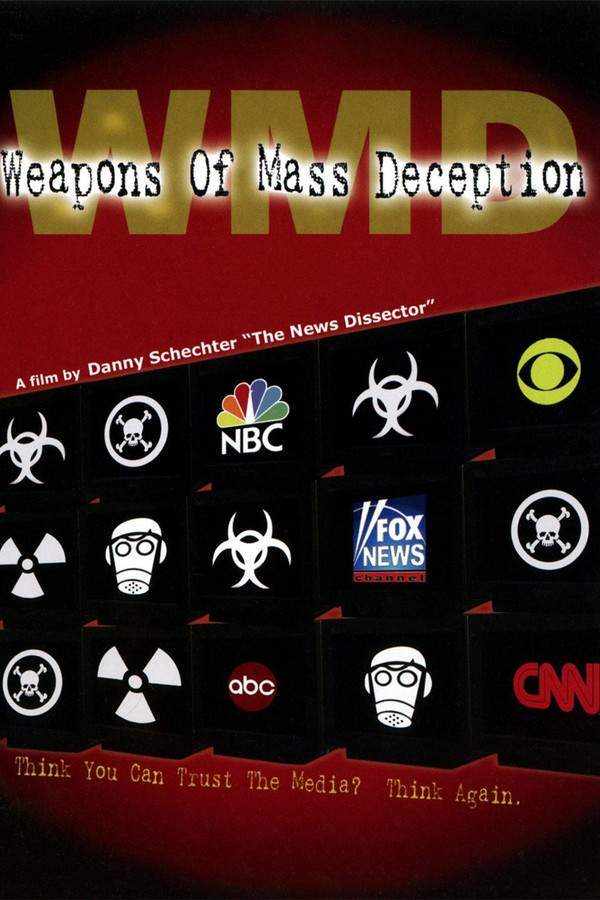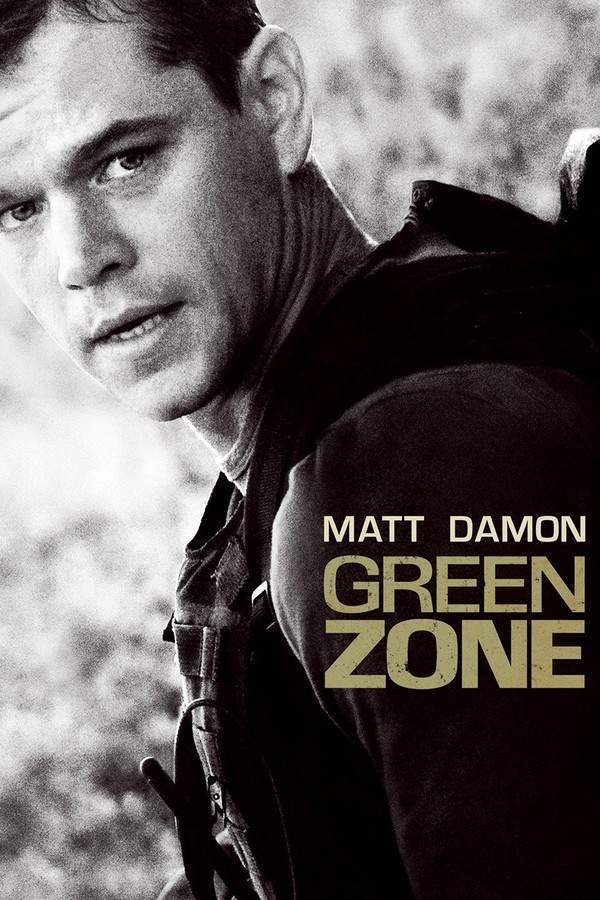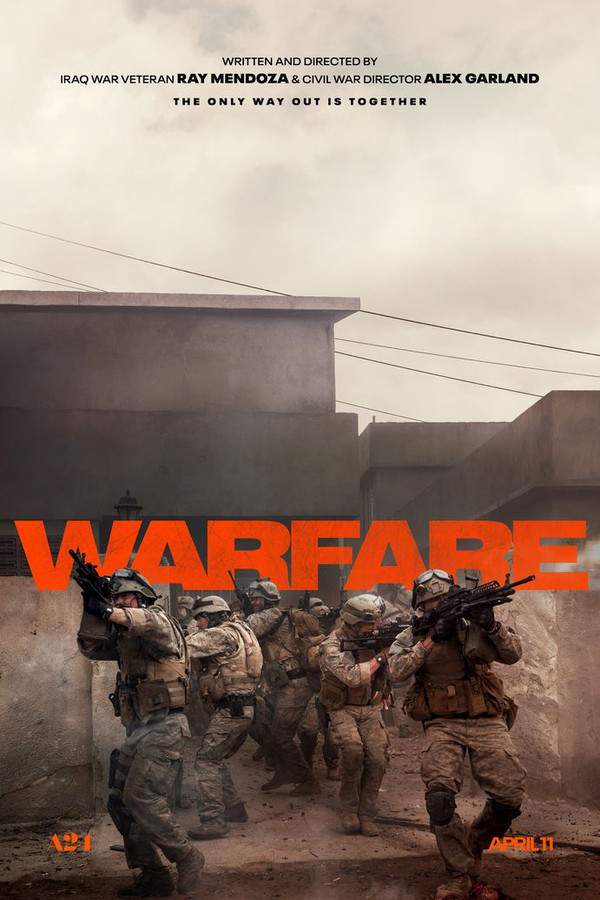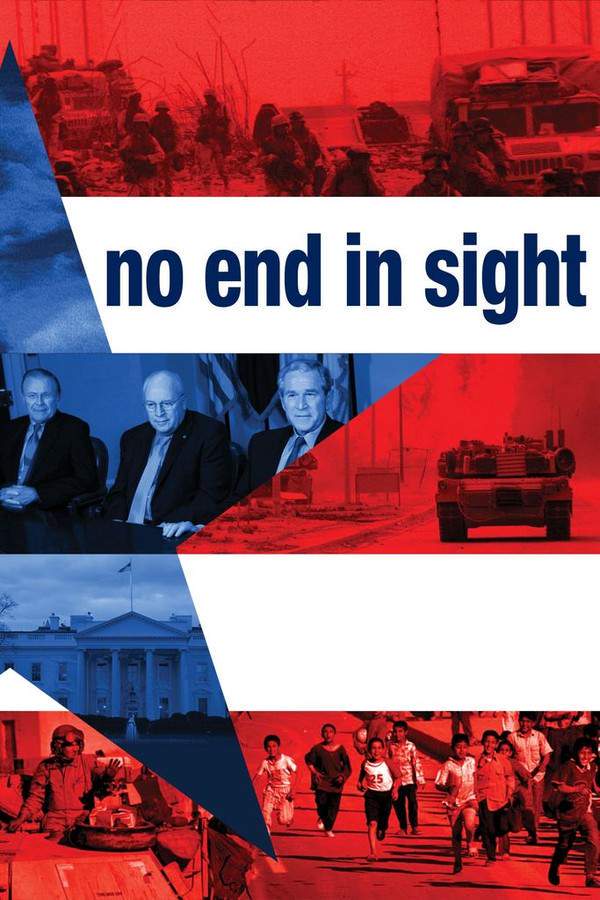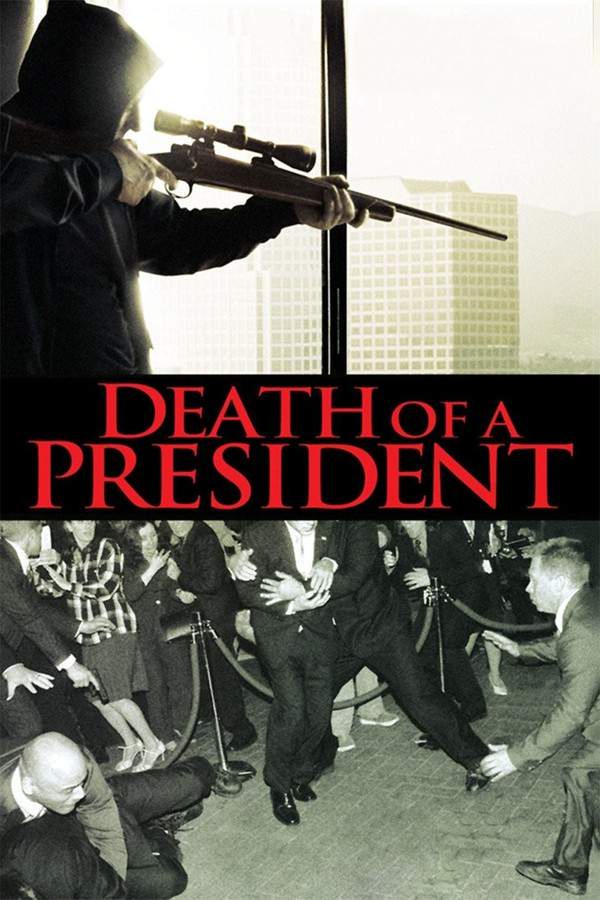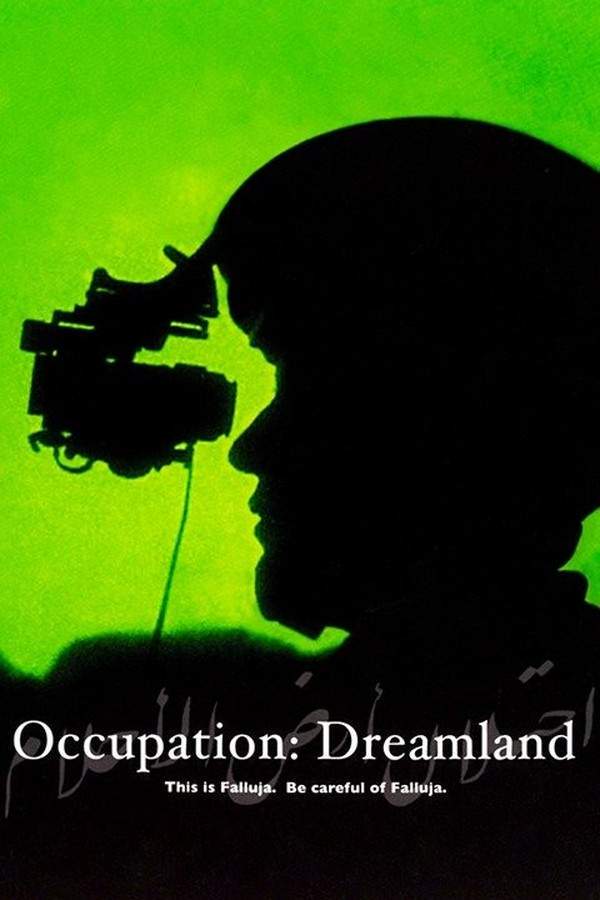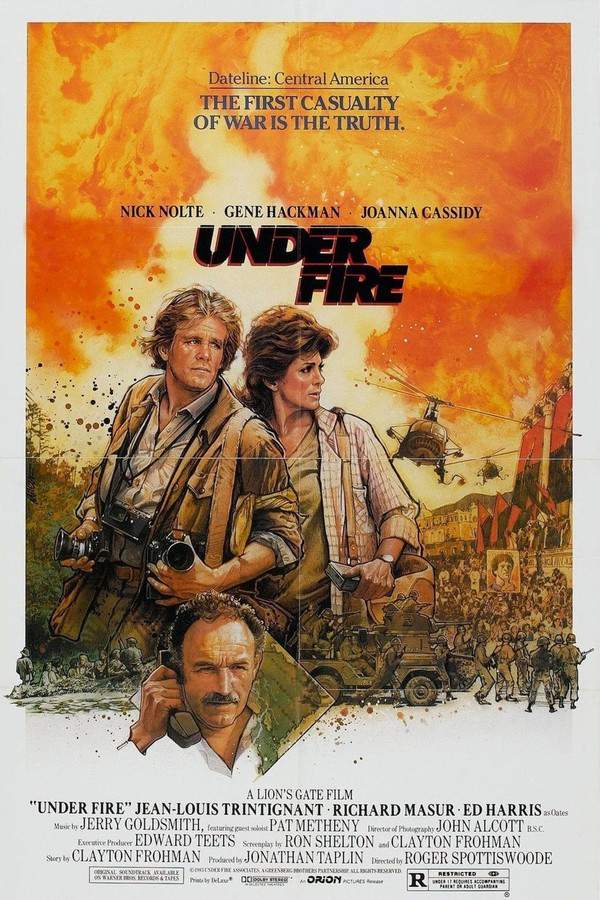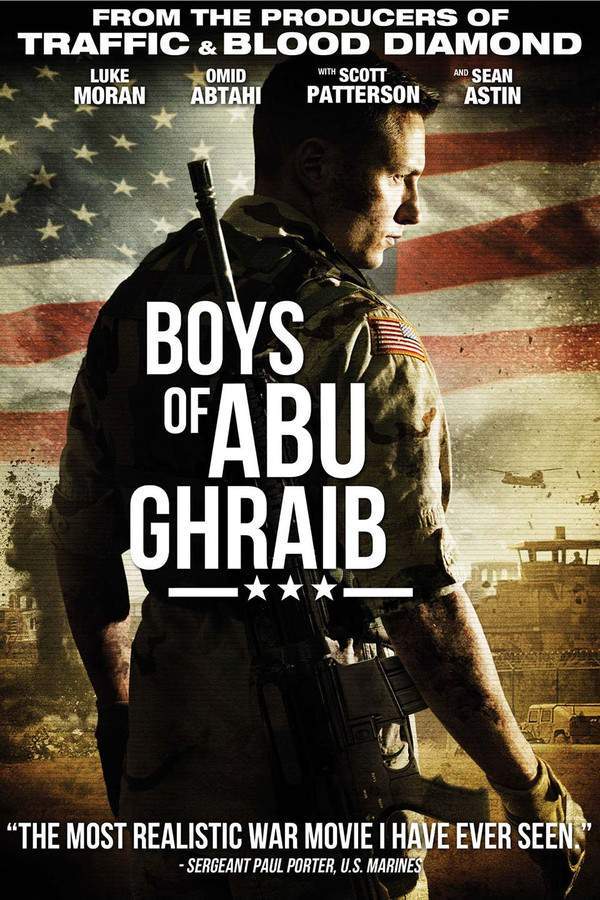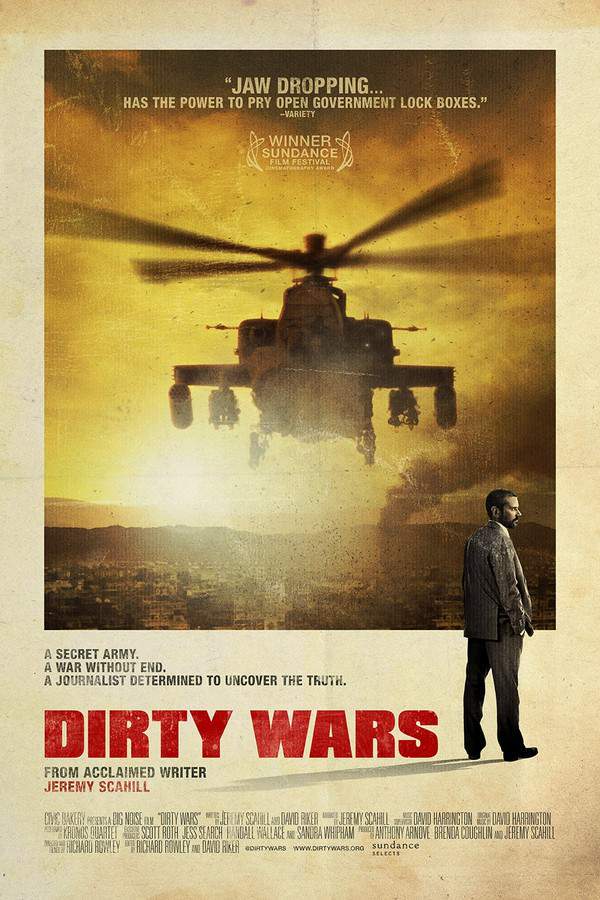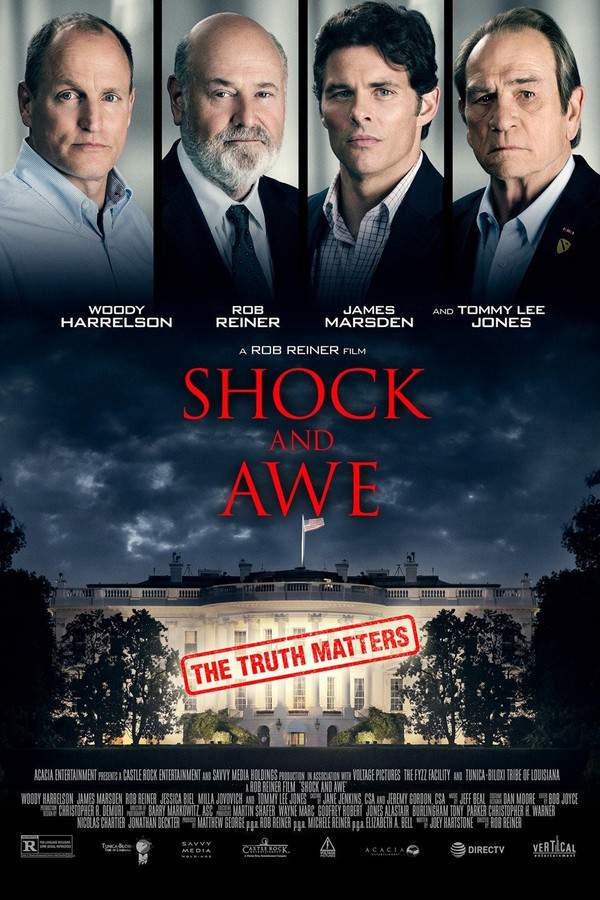
Shock and Awe
In the days leading up to the 2003 invasion of Iraq, a determined team of journalists investigates the Bush administration's assertions regarding weapons of mass destruction. The film explores the complex relationship between political power and media coverage, revealing how easily information can be manipulated and the challenges faced in uncovering the truth. It’s a gripping drama examining the importance of accountability and the role of the press in a time of war.
Warning: spoilers below!
Haven’t seen Shock and Awe yet? This summary contains major spoilers. Bookmark the page, watch the movie, and come back for the full breakdown. If you're ready, scroll on and relive the story!
Timeline – Shock and Awe (2018)
Trace every key event in Shock and Awe (2018) with our detailed, chronological timeline. Perfect for unpacking nonlinear stories, spotting hidden connections, and understanding how each scene builds toward the film’s climax. Whether you're revisiting or decoding for the first time, this timeline gives you the full picture.
Last Updated: May 12, 2025 at 07:04
Unlock the Full Story of Shock and Awe
Don't stop at just watching — explore Shock and Awe in full detail. From the complete plot summary and scene-by-scene timeline to character breakdowns, thematic analysis, and a deep dive into the ending — every page helps you truly understand what Shock and Awe is all about. Plus, discover what's next after the movie.
Shock and Awe Summary
Read a complete plot summary of Shock and Awe, including all key story points, character arcs, and turning points. This in-depth recap is ideal for understanding the narrative structure or reviewing what happened in the movie.

Characters, Settings & Themes in Shock and Awe
Discover the characters, locations, and core themes that shape Shock and Awe. Get insights into symbolic elements, setting significance, and deeper narrative meaning — ideal for thematic analysis and movie breakdowns.

Similar Movies to Shock and Awe
Discover movies like Shock and Awe that share similar genres, themes, and storytelling elements. Whether you’re drawn to the atmosphere, character arcs, or plot structure, these curated recommendations will help you explore more films you’ll love.
Explore More About Movie Shock and Awe
Shock and Awe (2018) Plot Summary & Movie Recap
Shock and Awe (2018) Scene-by-Scene Movie Timeline
Shock and Awe (2018) Spoiler-Free Summary & Key Flow
Movies Like Shock and Awe – Similar Titles You’ll Enjoy
WMD: Weapons of Mass Deception (2004) Detailed Story Recap
Green Zone (2010) Story Summary & Characters
Warfare (2025) Plot Summary & Ending Explained
Redacted (2007) Movie Recap & Themes
No End in Sight (2007) Film Overview & Timeline
Death of a President (2006) Full Summary & Key Details
Valley of the Wolves: Iraq (2006) Spoiler-Packed Plot Recap
Occupation: Dreamland (2005) Movie Recap & Themes
Under Fire (1983) Story Summary & Characters
Generation Kill (1000) Spoiler-Packed Plot Recap
A Good American (2017) Ending Explained & Film Insights
Boys of Abu Ghraib (2014) Ending Explained & Film Insights
Fahrenheit 9/11 (2004) Full Summary & Key Details
Buried in the Sand: The Deception of America (2004) Detailed Story Recap
Dirty Wars (2013) Movie Recap & Themes



